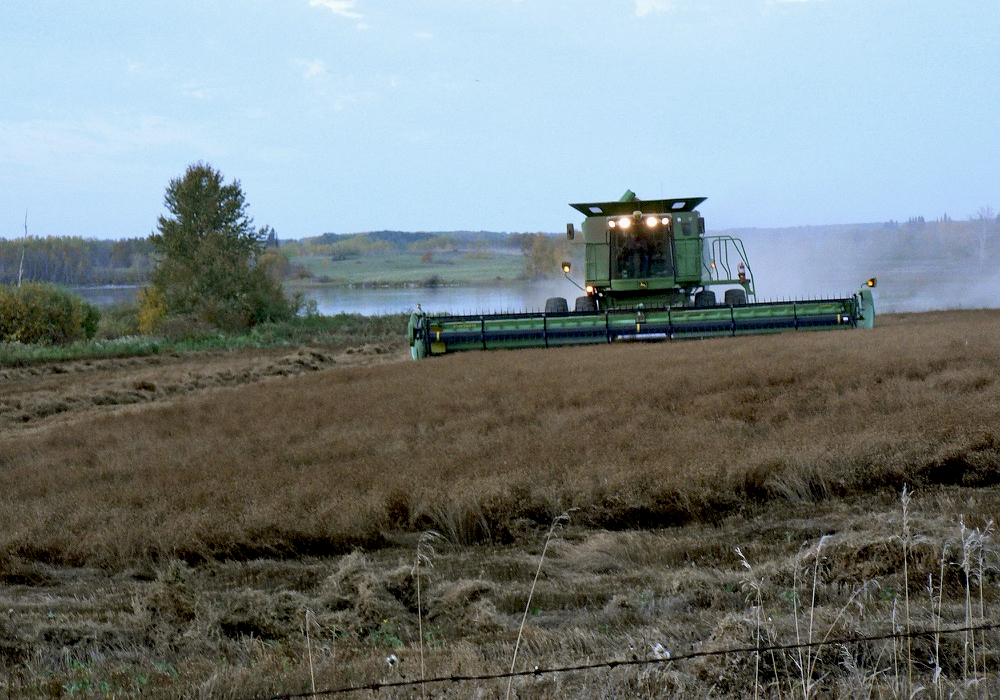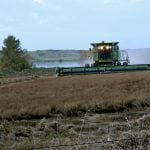(Resource News International) –– Durum growers in North Dakota, the largest durum-producing state in the U.S., will likely be planting more acres to the crop this spring than originally expected, given loan rates from the U.S. Department of Agriculture that make durum pencil out better then spring wheat.
On March 31, the USDA forecast U.S. durum acres in 2010 at 2.22 million acres, which would be down 13 per cent on the year. Of that total, North Dakota farmers were expected to plant 1.50 million acres, down from 1.65 million the previous year.
Read Also

Most of Manitoba harvest wraps up for 2025
Manitoba Agriculture issued its final crop report of 2025, showing the overall provincewide harvest at 97 per cent complete as of Oct. 20. Nearly all major crops have finished combining, with 37 per cent of Manitoba’s sunflowers finished, plus 71 per cent of grain corn and small amounts of soybeans and potatoes left to do.
Erica Olson, a Fargo-area marketing specialist with the North Dakota Wheat Commission, said lower durum prices were the main reason behind the expected decline in acres.
However, the USDA’s loan deficiency payment schedule, released April 20, came out much more favourable for durum than people had expected, which she said could cause some producers to switch acres out of spring wheat and back into durum.
Actual acres were “a toss-up,” she said, but expected durum area in the state would now likely end up steady to up on the year.
Durum in the North Dakota cash market typically trades at a 50-cent to $1 premium over spring wheat, Olson said, but current elevator prices near US$4 per bushel for durum come in well below spring wheat values of closer to US$5.
The loan rates for durum across the state are in the US$6 per bushel range, depending on the county, well above the cash market.
Using a county with a loan rate for durum of US$6.08 per bushel as an example, Olson said a producer there facing new-crop cash prices of US$4 per bushel would be guaranteed a loan deficiency payment of US$2.08 per bushel “for every bushel he grows.”
Meanwhile, the loan rates for spring wheat are well below the cash prices, meaning there’s little chance of loan payments for spring wheat this year.
Olson said the loan rates were based on a five-year weighted average. While the two high and low years are thrown out of the calculation, she said two years in a row of high durum prices led to the higher loan rate this year.
The high durum loan rates were definitely generating some interest from farmers, according to Olson. She said some producers will switch from spring wheat back to durum as a result of the better guaranteed prices.
However, many farmers are already out in the fields, and are less likely to change seeding intentions at this late stage.
“Producers that don’t regularly plant durum, I don’t think they’ll necessarily decide to plant it this year,” said Olson, adding that any increase in durum acres will come from those growers who normally plant the crop but were initially thinking of cutting back acres.















